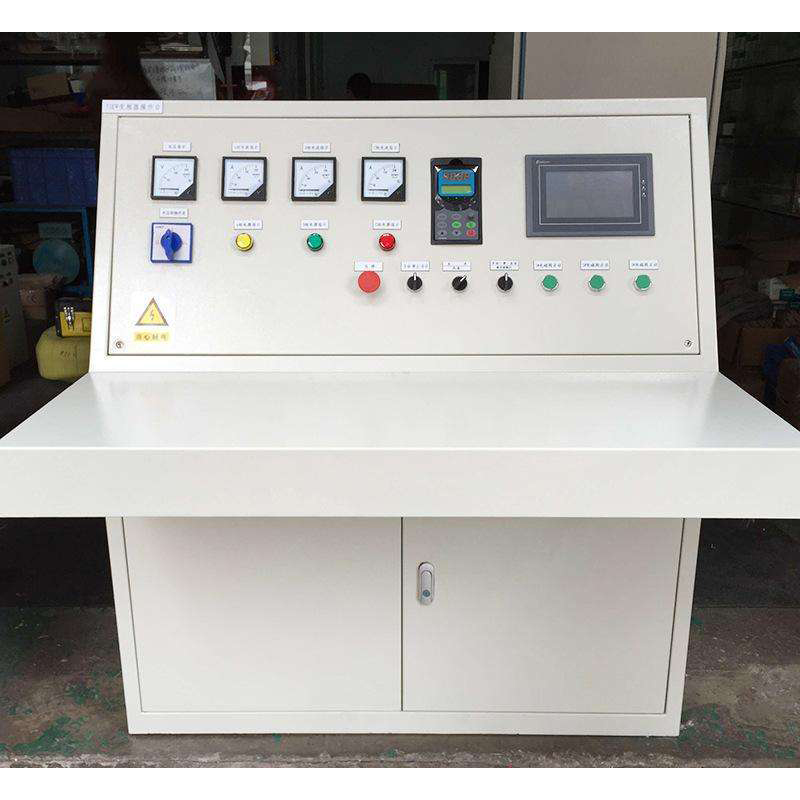
Nov . 10, 2024 01:32
Back to list
Safety Valve Mechanisms for Industrial Applications and Their Importance in System Protection
The Importance of Safety Valves in Engineering
In the realm of engineering and industrial applications, the concept of safety is paramount. Among various safety devices employed to safeguard operations, the safety valve stands out as a crucial component, especially in systems dealing with fluids and gases. This article explores the significance of safety valves, their working principles, applications, and maintenance essentials.
A safety valve is a mechanical device designed to automatically release pressure from a system when it exceeds a predetermined limit. This safety measure is vital in preventing catastrophic failures that could result from overpressurization. When pressure builds up beyond safe levels, the safety valve opens, allowing excess fluid or gas to escape, thereby regulating the pressure within the system. Once the pressure declines to a safe level, the valve closes, ensuring the system returns to secure operating conditions.
Working Principle
The working principle of a safety valve is relatively straightforward yet highly effective. Most safety valves operate based on the principle of spring tension. A spring-loaded mechanism keeps the valve closed under normal operating conditions. The valve is calibrated to open at a specific pressure setting, which is determined during the design phase. When the internal pressure reaches this threshold, the force exerted by the fluid or gas overcomes the spring tension, causing the valve to lift and release the excess pressure.
.
Applications
صمام الأمان

Safety valves are integral to a wide range of industries, including oil and gas, chemical manufacturing, power generation, and HVAC systems. In the oil and gas sector, safety valves are critical in preventing blowouts during drilling operations by managing pressure in wellheads. In chemical manufacturing, these valves play a pivotal role in reactors and storage tanks, ensuring that reactive substances are handled safely and efficiently.
In power generation, safety valves are employed in boilers and turbines to prevent pressure buildup that could lead to explosions. Similarly, in HVAC systems, these valves protect compressors and other equipment from damage by managing refrigerant pressures.
Maintenance Essentials
Having safety valves in place is just part of the equation; regular maintenance is essential to ensure their proper functioning. Neglected valves can lead to failures that compromise safety. Key maintenance practices include regular inspections, testing the valve's operation, checking for leaks, and ensuring that the valve's set pressure remains accurate.
During inspections, technicians examine the valve and its components for signs of wear and corrosion. It’s crucial to clean the valve regularly to prevent any clogs that could affect its operation. Additionally, pressure testing should be conducted to ascertain that the valve opens and closes at the specified pressure settings.
Conclusion
In conclusion, safety valves are indispensable in maintaining safe operating conditions in various industries. Their ability to manage pressure and prevent potential hazards makes them a critical component of engineering design. With proper selection, installation, and maintenance, safety valves can significantly contribute to the safety, reliability, and efficiency of industrial processes. As technology advances, ongoing innovations in safety valve design and materials will likely improve their performance and extend their lifespan, further enhancing industrial safety practices. The commitment to upholding safety standards through the implementation of reliable safety valves is a testament to the engineering profession’s dedication to protecting lives and property.
Latest news
-
Safety Valve Spring-Loaded Design Overpressure ProtectionNewsJul.25,2025
-
Precision Voltage Regulator AC5 Accuracy Grade PerformanceNewsJul.25,2025
-
Natural Gas Pressure Regulating Skid Industrial Pipeline ApplicationsNewsJul.25,2025
-
Natural Gas Filter Stainless Steel Mesh Element DesignNewsJul.25,2025
-
Gas Pressure Regulator Valve Direct-Acting Spring-Loaded DesignNewsJul.25,2025
-
Decompression Equipment Multi-Stage Heat Exchange System DesignNewsJul.25,2025

